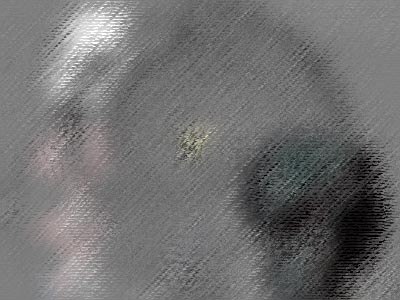2. The two 19th-century schools of thought that influenced the development of psychology.
3. He is a very influential American functionalist who wrote 'Principles of psychology' in 1890.
4. Another name for an approach in psychology.
5. How many approaches are there in psychology?
6. What organisation was founded in 1901 to represent psychologists and psychology in the UK?
7. In what year was the psychoanalytic approach founded?
8. Psychoanalysis understands our thoughts, feelings and behaviours from the point of view of our
9. 'A mental condition with no known medical (physical/biological) cause' best describes a
10. What best describes the Freudian structure of the mind?
11. Which of the following is an example of parapraxis?
12. Joseph Breuer introduced Freud to:
13. Which of the following approaches in psychology concerns learning?
14. Who wrote The Behaviourist Manifesto in 1915?
15. What does 'tabula rasa' mean?
16. According to the behaviourist approach we behave the way we do because of:
17. Who did Watson and Rayner in 1920 describe as being 'healthy from birth' with a 'stolid and unemotional personality'?
18. His work inspired the behaviourist idea that we learn as a result of association between a stimulus and a response.
19. This is often used in a learning situation to resurrect the conditioned S-R response
20. The termination of an unpleasant stimulus by an elicited response.
21. Another phrase meaning behaviour shaping.
22. Behaviour therapy is very good at helping individuals who have a
23. The behaviourist approach is often criticised as being
24. This approach concerns the study of how we take in information from our world, and how we actively process this information to respond to our world.
25. According to the information-processing approach what comes between stimulus and response?
26. The cognitive approach as to why we think, feel and behave as we do is often explained using
27. What mediational process can be described as 'the product of our senses, gestalt abilities and past experience'?
28. What is the name given to our sense of balance?
29. What is the name given to the type of cell that converts the external energies of our world into the only type of energy our body can understand at an internal level?
30. Name given to the gestalt principles of perceptual grouping.
31. What cognitive process helps us organise, store, retrieve and recognise information about our world?
32. Our ability to hold information in memory is called
33. We encode information to short-term memory using
34. Jean Piaget would say that 'disequilibrium is to assimilation, as equilibrium is to
35. The cognitive approach can be challenged on the grounds of its
36. Darwin referred to a modification that an organism develops that makes it better suited to survive and reproduce in its environment as
37. What concept best describes what we become as the result of our genetics and physiology?
38. Small structure at the bottom of our forebrain that regulates our autonomic nervous system and controls secretion of hormones into our bloodstream via the pituitary gland.
39. Humanistic term for what others give to you for what they admire in you.
40. Our life story.
41. Which of the following adhere to the scientific method?
42. Each of the approaches, to a greater or lesser degree, have formed from some reaction to other approaches. e.g. Behaviourism as a reaction to Psychoanalysis. Such a shift in thinking is known as a
43. Used in an experiment to control for order effect.
44. A statistical average.
45. A situation where someone sets up and takes part in the behaviour under investigation.
46. Holistic is a word you would associate with
47. In a survey 'Are you male or female' is an example of
48. Who first developed the clinical interview?
49. What type of case study gathers information about someone's past?
50. Gardner and Gardner's (1998) case study reports on their attempt to teach sign language to a
